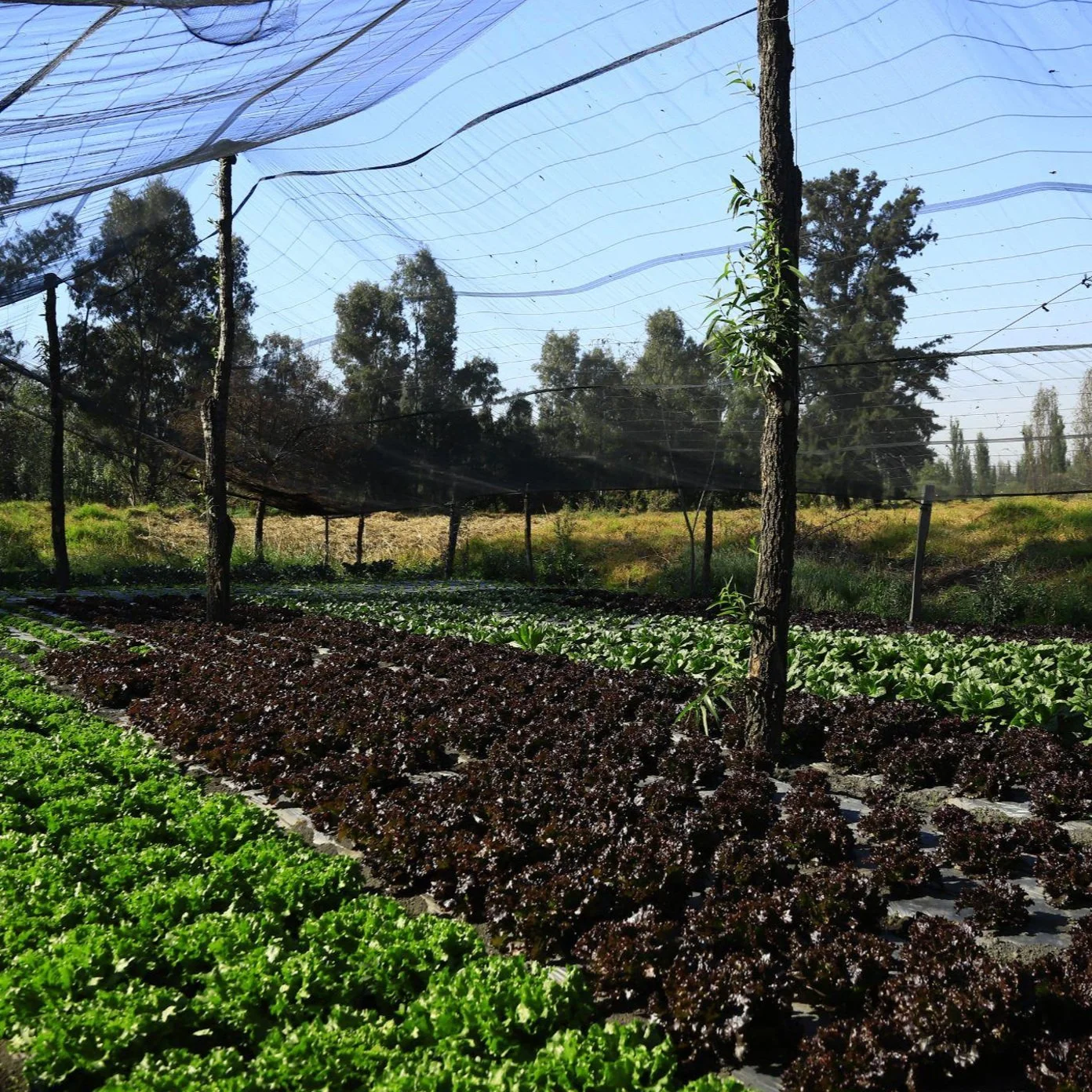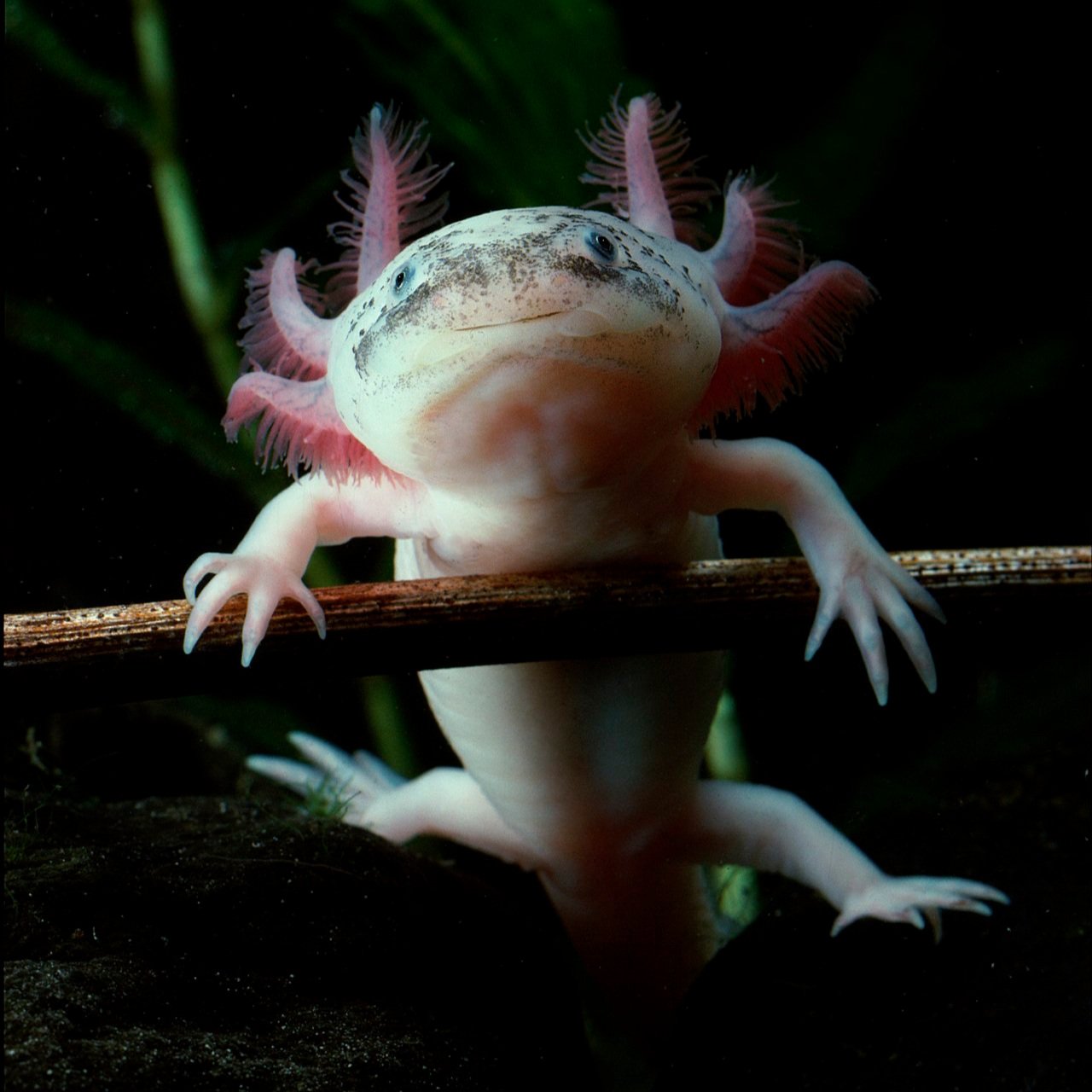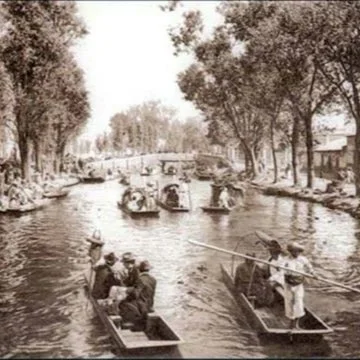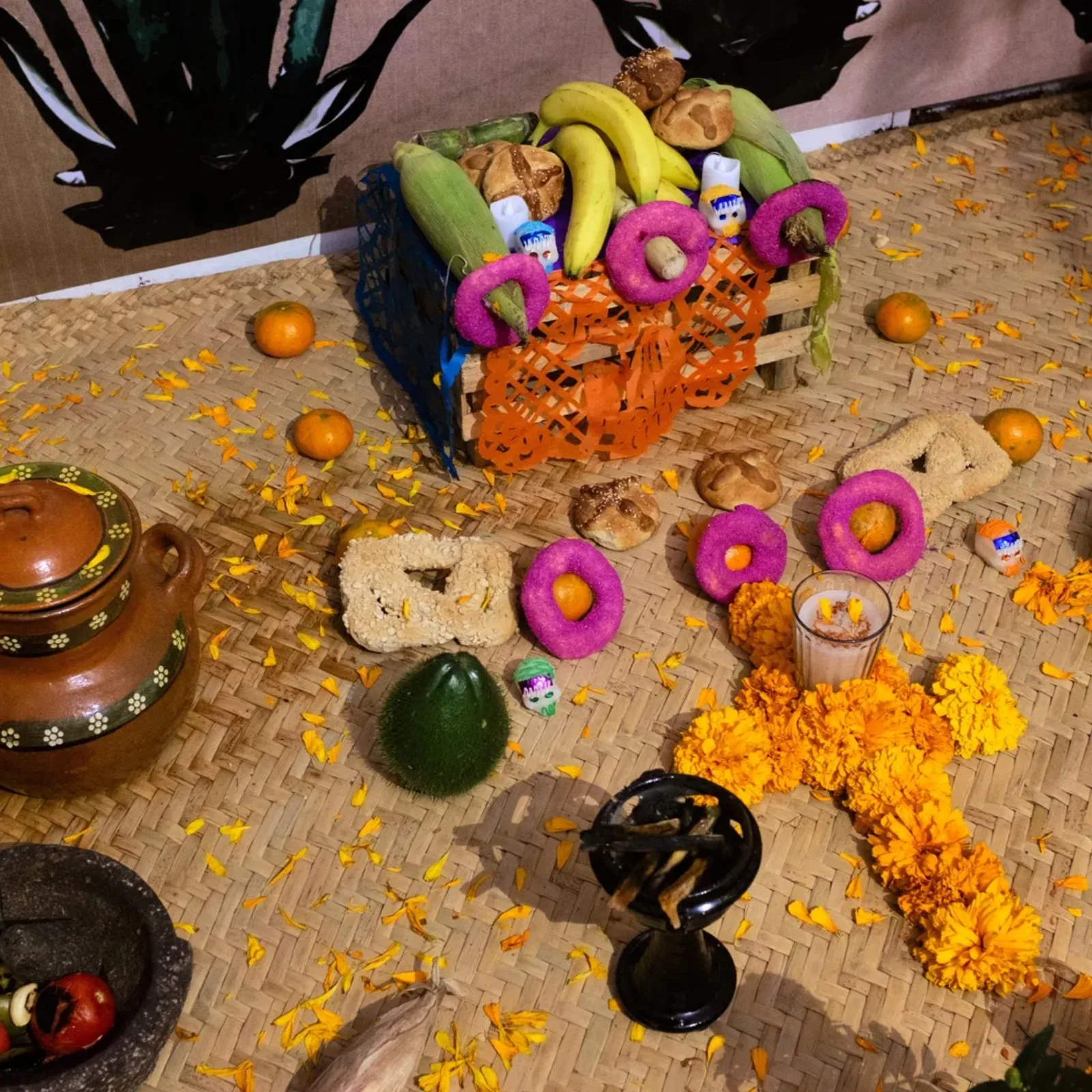
Learn More
Glossary
-
A native willow tree. This tree surrounds the chinampas and supports the land mass with its roots.
-
Is now known as a Pueblo. It is a Nahuatl word derived from “in atl”, “in tepetl” ("the water, the mountain") denoting the regional state of pre-colonial Nahua society. For example, Xochimilco (Altepetl). By definition, each altepetl had a tlatoani (leader), land base, marketplace, and temple.
-
This precious relative is a salamander capable of regenerating limbs and organs, even their brain. They essentially stay juvenile their entire lives. For the Indigenous People of the region, the axolotl holds an important place in the creation story of our world and is the aquatic equivalent of Xolotl. Locals tell variations of this story!
Check out our videos to learn more!
-
A rural farmer, most often Indigenous persons.
-
The original Nahuatl word for chinampa.
-
The chinampas are artificial farm islands, sometimes called “floating gardens”, however, they are not floating; they are supported by Ahuejote trees, a native willow to the area. Chinampas are surrounded by the canals of Lake Xochimilco. They are constructed by the sediments from the lake bottom, branches, and decaying vegetation. It is one of the most productive and sustainable agricultural systems ever developed. Traditional chinampas are bio-diverse with renewable soil and the potential for continuous cultivation, yielding up to seven crops yearly.
-
A person who farms on chinampas
-
A sacred ceremonial site occupied by numerous Indigenous peoples at different times, including the Cuicuilco, Copilco, Tlatilco, Teotihuacanos, and finally the Xochimilcas. Upon arriving in the basin of Mexico, the Xochimilca leader, Acatonalli, started his altepetl on the Cuahilama hill. In Nahuatl, Cuahilama means, "head of an old woman. The petroglyphs on the side and surrounding slopes express the worldview of the Xochimilcas and have been attributed to ceremonial functions and veneration of deities.
-
Responsible travel, typically to natural areas, and includes the following three pillars: Conserves or protects the natural environment, Supports or benefits the local people, and involves hands-on education and increased awareness.
-
Maize (corn) field
-
A village. In Xochimilco there are 14 pueblos and 17 barrios (neighborhoods within the pueblos).
-
(metoctli or octli in Nahuatl) A drink made from fermented sap found in the center of the maguey (agave) plant. It is a traditional drink (the oldest alcoholic drink in Mexico) and considered sacred by Indigenous Peoples in central Mexico, where it has been produced for millennia. Pulque is a great source of protein, probiotics, minerals like iron, amino acids, and vitamins C, D, and E.
-
To row. The traditional rowing method in Xochimilco is done with a long poll that hits the bottom of the lake.
-
Teacher (in Náhuatl).
-
The word Temazcal comes from the Nahuatl word Temāzcalli, which translates to Steam (Temaz) House (Calli). It is a ceremonial structure that has been used for healing by the original peoples of Mexico for thousands of years. It is similar to North American Indigenous Peoples’ sweat lodge or Inipi (Lakota).
-
The city of the Mexica (Aztecs) that existed where Mexico City is now. The waterways connecting Xochimilco to Tenochtitlán were used to transport goods between altepetls, and it took approximately 12 hours to travel by canoe.
-
Thank you in Nahuatl.
-
Trajineras are colorfully decorated party boats. They are used in the tourist area of Lake Xochimilco. Guest can eat, drink, and listen to music as they ride down the canals in these boats.







